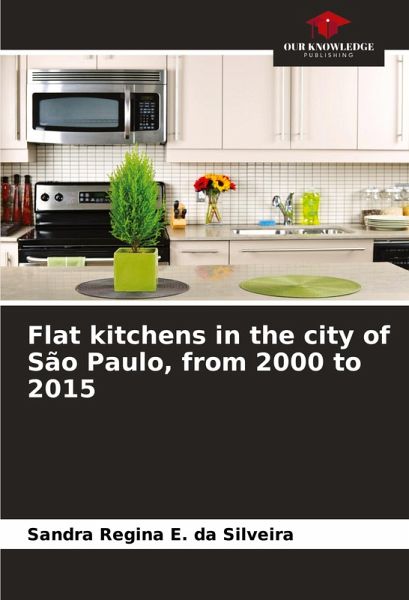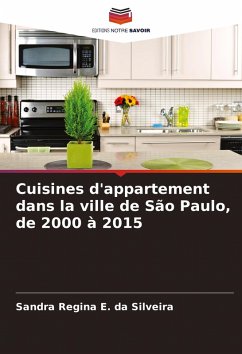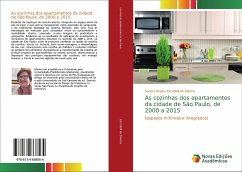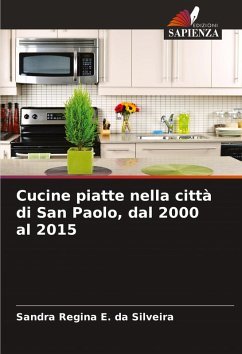
Flat kitchens in the city of São Paulo, from 2000 to 2015
Versandkostenfrei!
Versandfertig in 6-10 Tagen
51,99 €
inkl. MwSt.

PAYBACK Punkte
26 °P sammeln!
Based on the open kitchen typology, which is integrated into the social space of the living room and has become an avant-garde expression, and the traditional closed kitchen typology, this book looks at market strategies to consolidate the open modality among consumers, associated with an image of practicality and avant-garde. It looks at the results of a questionnaire administered to residents of flats launched in the period 2000-2015 in the city of São Paulo, in order to find out the reasons for choosing an open or closed kitchen, as well as the advantages and disadvantages of using it, rel...
Based on the open kitchen typology, which is integrated into the social space of the living room and has become an avant-garde expression, and the traditional closed kitchen typology, this book looks at market strategies to consolidate the open modality among consumers, associated with an image of practicality and avant-garde. It looks at the results of a questionnaire administered to residents of flats launched in the period 2000-2015 in the city of São Paulo, in order to find out the reasons for choosing an open or closed kitchen, as well as the advantages and disadvantages of using it, relating this choice to food preparation habits and customs. The transformation of the kitchen is presented by analysing flat projects in the same period, highlighting the layout of the main kitchen equipment, in linear arrangements, and in the light of current building regulations.














